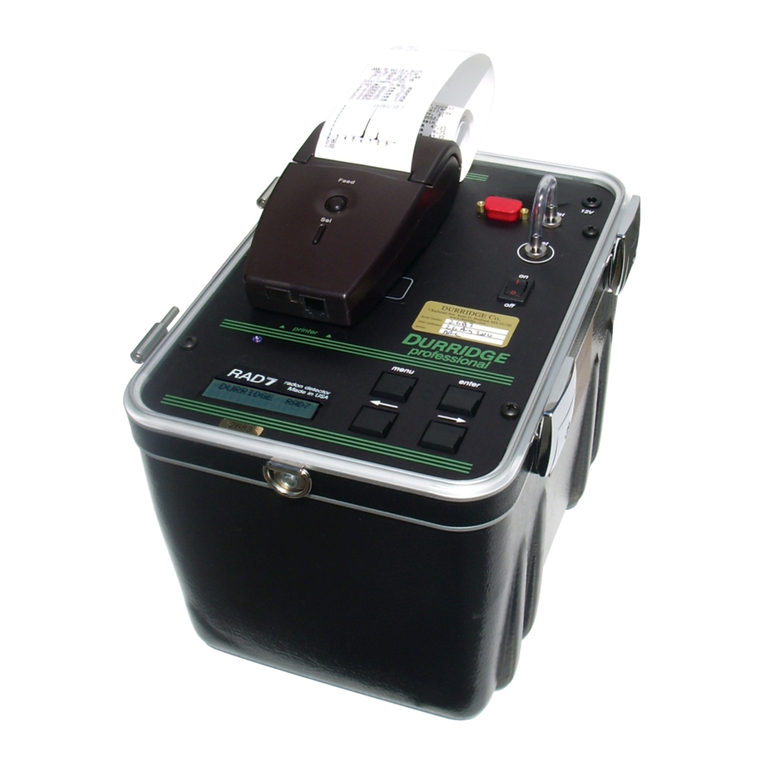
........................................................................................................................4.4.2 Preparation 50
..............................................................................................................................4.4.3 Protocol 51
...............................................................................................................4.4.4 Taking the Sample 51
..............................................................................................................................4.4.5 Analysis 51
......................................................................................4.5 Radon in Water 51
............................................................................................................................4.5.1 RAD H2O 51
.........................................................................................................................4.5.2 RAD AQUA 51
..................................................................................4.6 Soil Gas Sampling 51
..........................................................................................................................4.6.1 Application 51
....................................................................................................................4.6.2 Soil Gas Probe 52
........................................................................................................................4.6.3 Preparation 52
.................................................................................................................4.6.4 Running the Test 52
..........................................................................................................4.6.5 Interpreting the Data 52
........................................................................4.7 Emission Measurements 52
..........................................................................................................................4.7.1 Application 52
................................................................................4.7.2 Open or Closed Loop Configurations 52
....................................................................................................................4.7.3 Bulk Emissions 53
................................................................................................................4.7.4 Surface Emission 53
.............................................................................4.8 Thoron Measurement 53
..............................................................................................................4.8.1 Thoron and Radon 53
...............................................................................................4.8.2 Thoron Measurement Issues 54
...........................................................................4.8.3 Calculation and Interference Correction 54
.............................................................................4.8.4 Avoiding Longer Lived Decay Products 54
....................................................4.8.5 Decay Correction, Flow Rate, and Thoron Calibration 55
.................................................................................................4.8.6 Calculating Sample Decay 55
............................................................................4.8.7 Calculating Internal Cell Concentration 55
......................................................................4.8.8 Internal Cell Thoron Sensitivity Calibration 55
......................................................................................4.8.9 Setting up a Thoron Measurement 56
......................................................................................................................4.8.10 Thoron Mode 56
...........................................................................4.9 Managing Background 56
........................................................................................5. PC Connection 57
.................................................................................5.1 RS-232 Serial Port 57
........................................................................................................................5.1.1 Capabilities 57
................................................................................................................5.1.2 Hardware Bridge 57
..................................................................................................................5.1.3 Software Bridge 57
........................................................................................................................5.1.4 Applications 57
...............................................................................5.1.5 Technical Specifications for the RAD7 57
..............................................................................................................5.1.6 Serial Port Output 58
..............................................................................................5.2 RADLINK 58
........................................................................................................................5.2.1 Capabilities 58
......................................................................................................................5.2.2 Requirements 59
.......................................................................................5.2.3 RAD7 Remote Command Format 59
........................................................................................................................5.2.4 Special Keys 60
6































